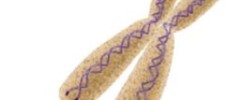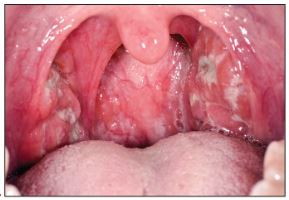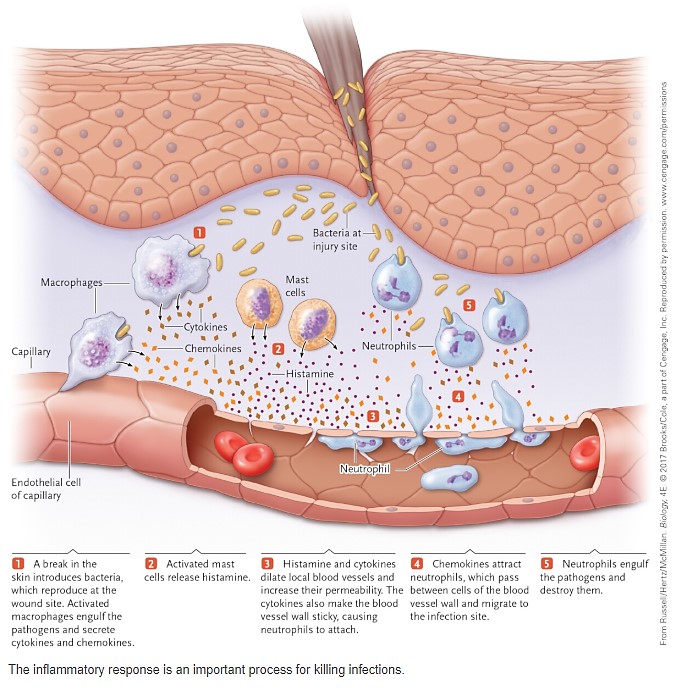What is inflammation?
Previous articleAging and Telomeres - how lifestyle factors have an impact Next article Why Different Diets Work
Next article Why Different Diets Work
 Next article Why Different Diets Work
Next article Why Different Diets Work


Hey Wendi, another great article! I would be interested in knowing more about how diet affects chronic inflammation. Rosemary
Cool, I will write one specifically about that 🙂
Hi Wendi NIce article but I have a question for you…
When in Nunavut in late December I turned my right leg and foot so much that I went to the local clinic where they took xrays and found no broken bones. Great – but they said I had soft tissue damage.
I was wrapped with a tensor bandage and given Ibuprofen and tylenol for the pain and inflammation. I used a walking stick for a while till it improved but here in mid January it is still bothering me. I have used ice and raised it when I can. Any suggestions??
Thanks Wilf
Sorry to hear about your injury!! I am glad nothing was broken. Sometimes connective tissue injuries can take a long time to heal. Since it has been a little while now since it happened, you don’t need to use ice unless it looks like it is swelling. Now it would be important to get blood flow and nutrients to the area so it can have the building blocks for making new cells. Warmth and massage, just rubbing it yourself to increase blood flow, and gently moving it around in its range of motion. Also keep taking it easy, you want to move it around but don’t overdo it until it is fully healed. 🙂
THanks Wendi – I will follow your advise
Your explanations of the immune system processes are so helpful. I read this page, though and wanted to comment – as someone who has multiple autommune conditions – genetics is a factor as well. I have exercised daily, ate a consistently health diet, maintained weight etc etc. All the right things. Still got hit with several autoimmune issues. If I ate poorly etc. – sure it would be worse. But certainly the world is filled with people who don’t take care of themselves and do NOT get autoimmune conditions.